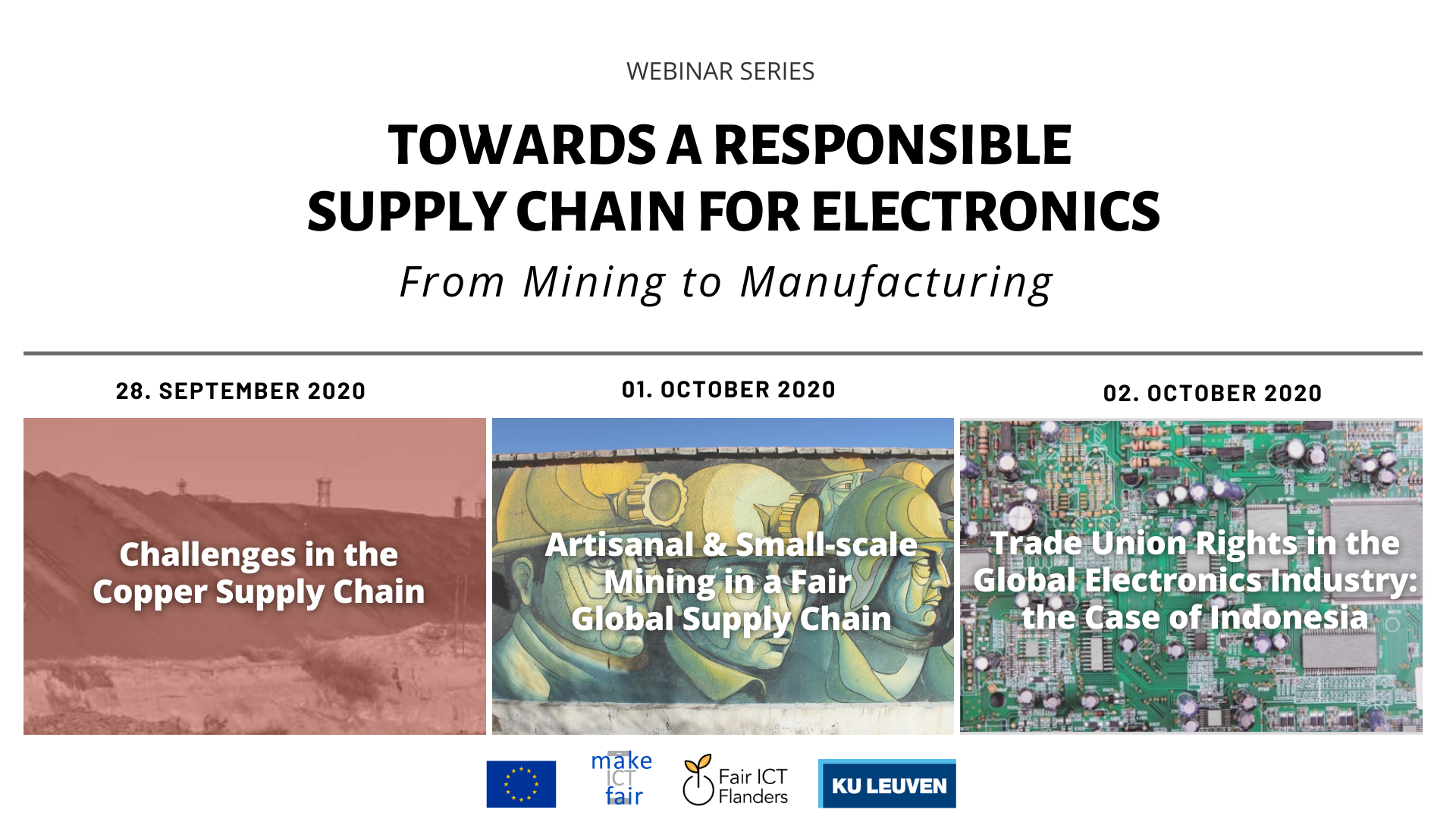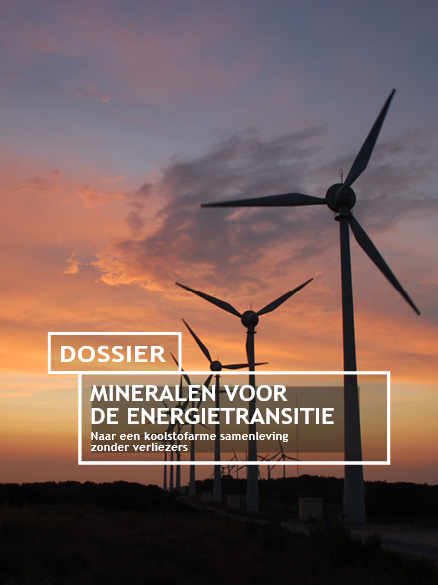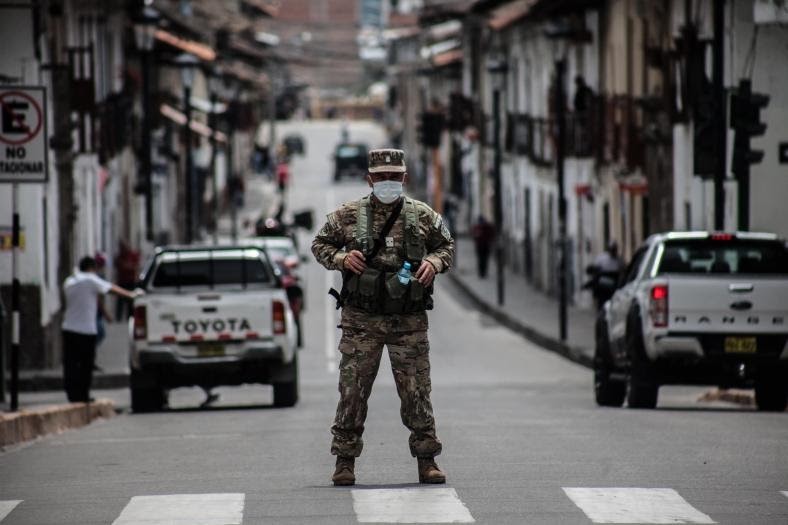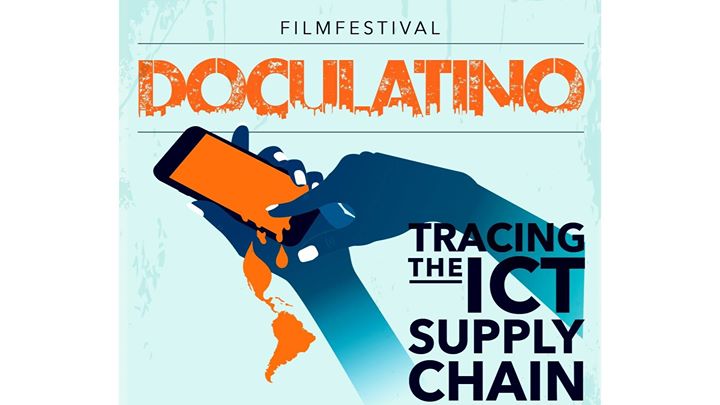What are the social and environmental costs of mining in developing countries? Scientists from all disciplines have continuously shown the large social and environmental damages produced during mineral extraction. Are they inevitable? That is hard to tell, but what we know is that efforts to regulate mineral extraction are rarely enough and its accountability differs widely from one corner of the world to another. Environmental and labor safety regulations in poor and developing countries are usually sacrificed to the laissez-faire of free markets. For this reason, developing countries with plenty of mineral resources have sometimes been signaled as being ‘cursed’ by such abundance. Having said this, now let’s see how our three documentaries can help us to understand how such ‘curse’ works.
Minga presents some of the major struggles from various communities in Latin America against mining extraction. At these first stages of the ICT supply chain, rentier states seek to encourage extractive industries to invest in their national territories through various stimulus, such as low environmental and social regulations, financial incentives, etc. In many cases, governments portray such investments as a promise of modernity for rural communities near mining concessions that are depicted as ‘pre-modern’ or ‘left behind’. However, both environmental and social externalities affect the livelihoods of people from these areas. Heavy metal pollution, respiratory diseases, decreasing outputs in agriculture, etc. are some of the main consequences of inadequately environmental regulations in the mining sector.
For these reasons, it shouldn’t be a surprise that various communities near mining zones have risen up against extraction. Among many other cases, Minga shows one of the greatest conflicts against gold mining in Peru: Conga. This case became infamously known due to the agressions from part of the Yanacocha company and the Peruvian security forces against Maxima Acuña Chaupe (Goldman Environmental Prize 2016), a peasant woman from the Andean region of Cajamarca who refused to sell her land to Yanacocha. However, despite gaining global recognition in environmentalist circles for her defence of water sources, her life is still in danger. Maxima’s case is not an atypical story; hundreds of persons have lost their lives for opposing the extractive industries. Several cases from extractive localities in the Global South show that sometimes the rush for obtaining these precious minerals and rare elements needed for our devices privileges profit over life and the environment.
After extraction, minerals travel a long way to finally reach the facilities where, after several transformations, they are turned into key pieces of our ICT devices. Death by design takes us on a journey from mid 1970’s and 1980’s California to contemporary Shenzen in China to reveal what happens behind the scenes of this billion dollar industry.
Electronics and semiconductors necessary for personal computers require a large use of toxic chemicals, such as sulphuric acid, hydrazine sulphate, etc. Some decades ago, these products were mainly produced in the United States. However, in the midst of what would be later known as Silicon Valley, the increasing number of ill workers due to the exposure to such chemicals led to hundreds of lawsuits against some of the major ICT companies of the time. Not only there were accused of causing severe illnesses, such as brain cancer, breast cancer, etc. but also of polluting underground waters by storing chemicals below ground. After thousands of petitions, the Environmental Protection Agency from the United States obliged major ICT companies to clean up sites they contaminated.
However, this was only a partial triumph. Given that since the 1980s companies have enjoyed more flexible legislations to relocate their investments elsewhere, they decided to go abroad. Heavier environmental regulations in the United States led to a massive search for free-regulations areas across the world. It’s in this way that Shenzhen in China became the main hub for this industry. With inadequate labor regulations, companies could operate at a much rapid scale and with less concern for workers. Soon outsourcing would become the rule. With almost no labor rights and high production quotas established by ICT companies, outsourced workers became increasingly exploited. Death by design shows some of the consequences of such lax regulations. These include several accidents in the plants, disastrous explosions and fires in assembling facilities and even suicides during working hours.
Finally, the E-waste tragedy traces the path that electronic devices follow after we stop using them. Why would this be a tragedy? The documentary cleverly starts by portraying the dumping sites where they end up in Africa where the massive accumulation of toxic e-waste poses great environmental and public health problems for developing countries that import developed countries’ waste. But how did all this e-waste end up there?
This is exactly the challenging question that the E-waste tragedy seeks to respond. E-waste trafficking is a criminal activity that involves millions of dollars. According to the experts interviewed in the documentary, despite EU regulations to prevent e-waste trafficking, more than 65% of these products never reach an official recycling plant and less than 1% of mobile phones are recycled in Europe. Thus, most e-waste is not recycled, but sold to the black market, where it is later exported through the main European ports.
But there is more. Once ICT devices end up in African dumping sites, large groups of people, especially children, dismantle smartphones and others electronics with their bare hands in search not just of screens and batteries but also of small electronic pieces, such as buzzers, transistors, capacitors, etc. After collecting some considerable amounts of electronics, these are later sold to brokers. This situation is similar in surrounding areas of Shenzhen, where Chinese workers use rudimentary and toxic methods to identify valuable electronic pieces from old devices. These products are then refurbished before getting into circulation once again. Again where? In China.





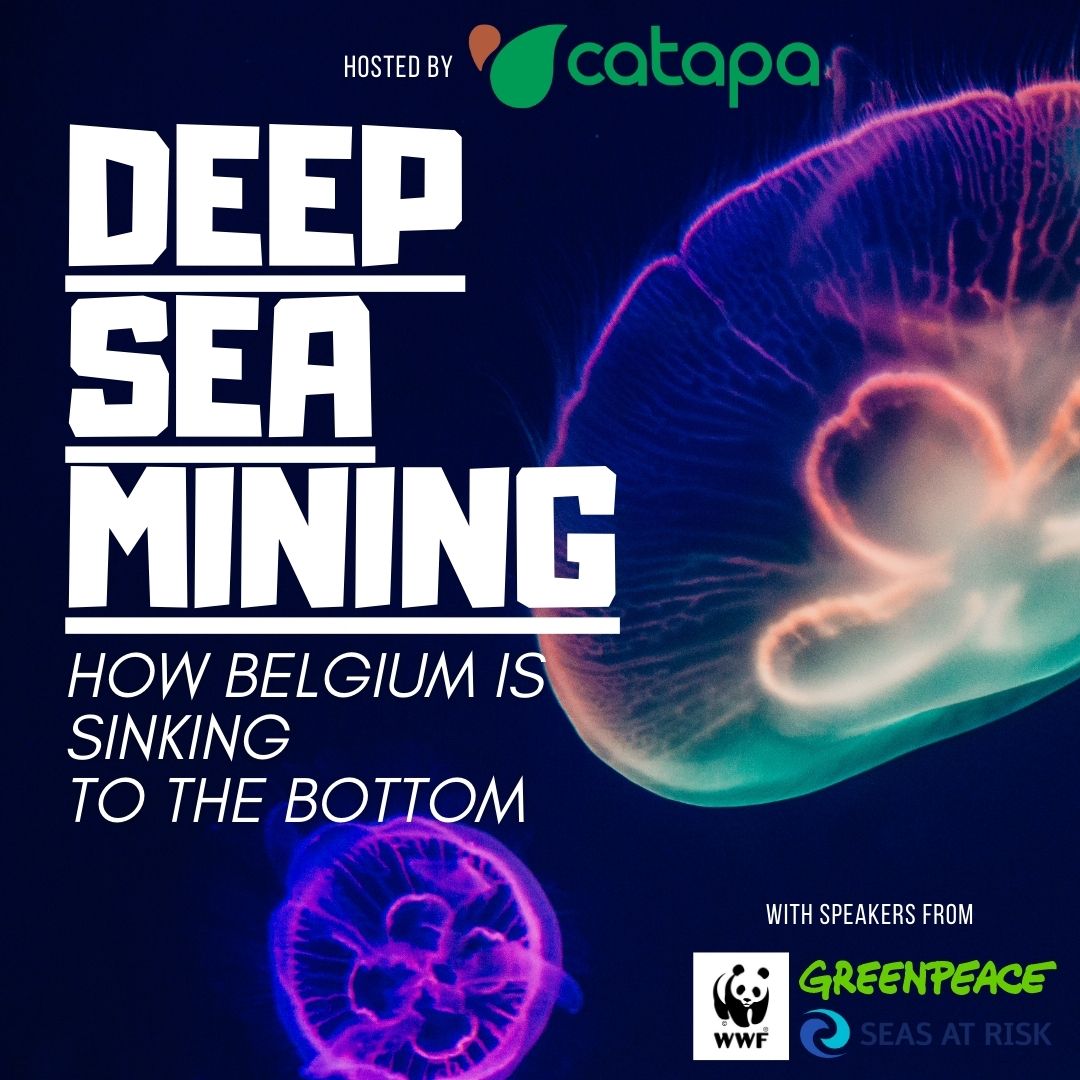

 Send an email to communication@catapa.be introducing yourself.
Send an email to communication@catapa.be introducing yourself.



